Shiliuyun-Xinjiang Daily (Reporter Zhao Mei, Correspondent Shang Peng) news: At the beginning of January, Tibetan antelopes in the Altun Mountain National Nature Reserve, northwest China’s Xinjiang Uygur Autonomous Region, entered the mating season. Flocks of Tibetan antelopes gathered in the Mengbulake Grassland, Kaerdun Wetland and other places in the reserve to find their love.
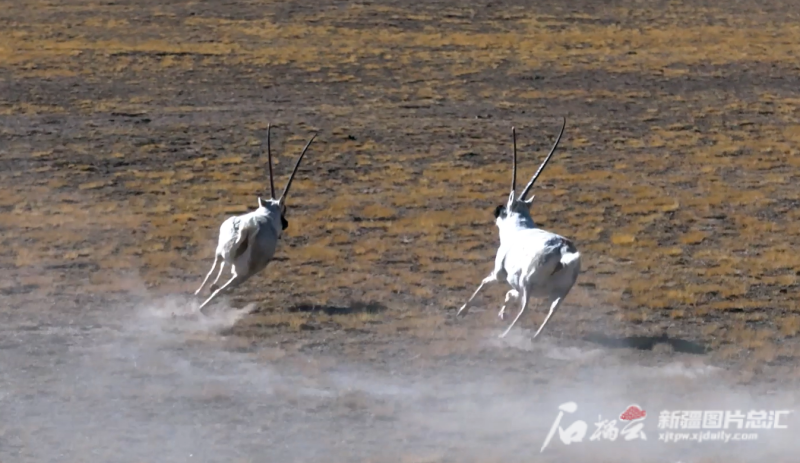
Photo shows two Tibetan antelopes compete, chase and fight for mating in the Altun Mountain National Nature Reserve, northwest China’s Xinjiang Uygur Autonomous Region. (Photo by Wen Xinghua)
Usually, male Tibetan antelopes and female Tibetan antelopes move in groups. But after entering the mating season in December, male and female Tibetan antelopes will gather in groups in land with abundant water and grass. "Now is the peak mating season of Tibetan antelopes. Some male Tibetan antelopes get mating rights through chasing, fighting, yelling and other ways, and some have led female Tibetan antelopes in the territory to have their 'honeymoon'," Zhao Xudong, chief of the publicity and education department of the reserve administration said the mating season will last until mid-January, with winners taking a few or a dozen females to their territory and losers expelled from the group, and severely injured Tibetan antelopes will be eaten by wolves or vultures.
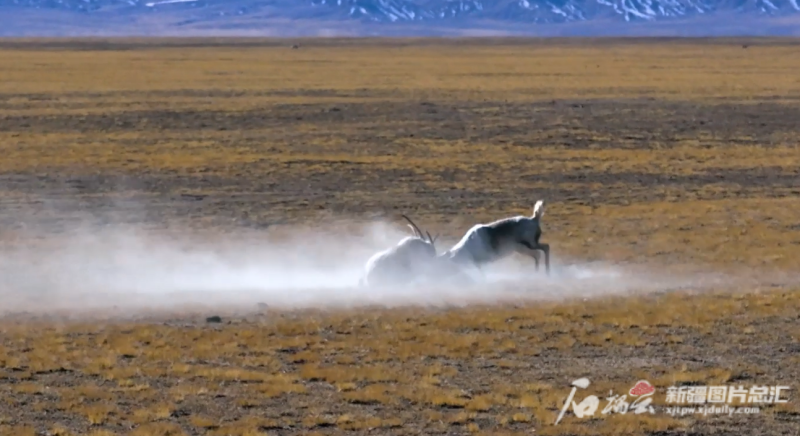
Photo shows a fighting scene of male Tibetan antelopes in the Altun Mountain National Nature Reserve, northwest China’s Xinjiang Uygur Autonomous Region. (Photo by Wen Xinghua)
Known as "plateau elves", Tibetan antelope is a representative species on the Qinghai-Xizang Plateau, and a national first-class protected animal and a rare migratory mammal in China.
Altun Mountain National Nature Reserve, located in Ruoqiang County and Qiemo County of Bayingolin Mongolian Autonomous Prefecture, northwest China’s Xinjiang Uygur Autonomous Region is the earliest plateau ecological reserve in China to mainly protect large ungulate wild animals on the plateau, such as Tibetan antelopes, wild yaks, Kiangs, and their habitats.
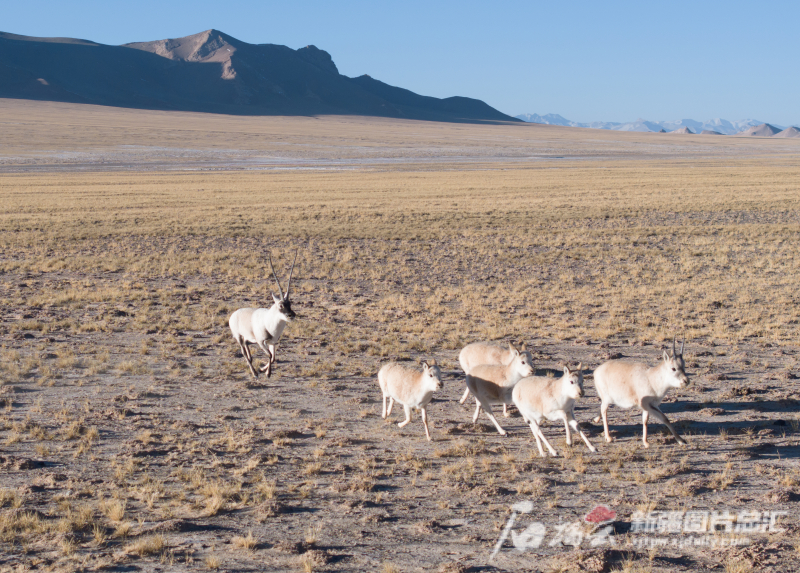
Photo shows a male Tibetan antelope and a few female Tibetan antelopes. (Photo by Wen Xinghua)
For many years, the nature reserve management bureau has been continuously promoting ecological restoration and increasing ecological protection efforts. The ecological environment in the area has been improving year by year, and its biodiversity and integrity have significantly improved. According to statistics, the number of Tibetan antelopes has increased from less than 6000 in the 1990s to nearly 65,000 at present. The population of the three major ungulate wild animals, including Tibetan antelopes, wild yaks, and Kiangs, has now reached 120,000.
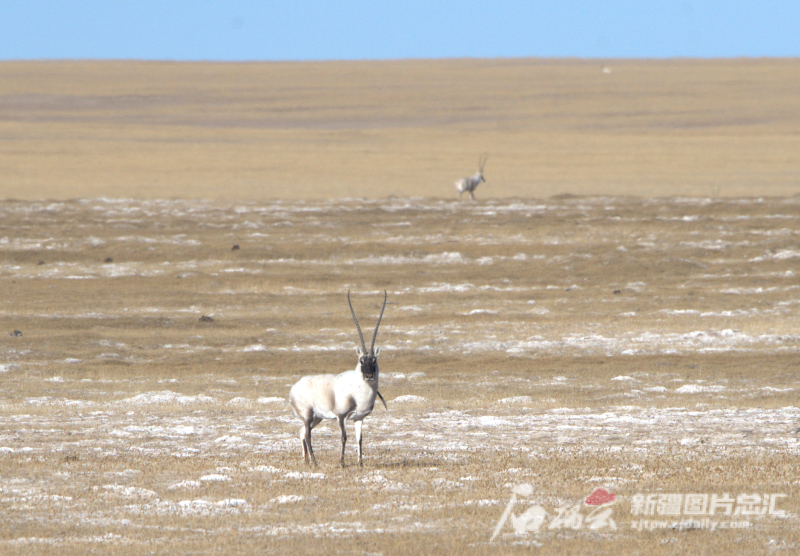
Photo shows a male Tibetan antelope after fighting. (Photo by Yu Renshan)
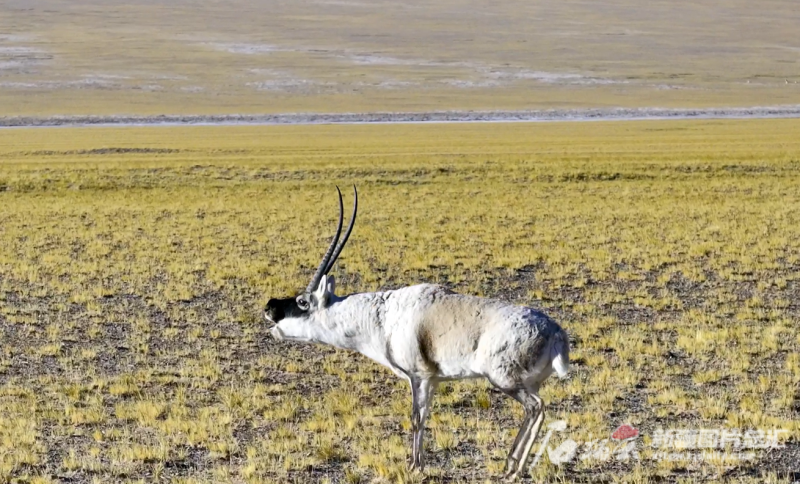
Photo shows a male Tibetan antelope declares its territory through roaring. (Photo by Wen Xinghua)
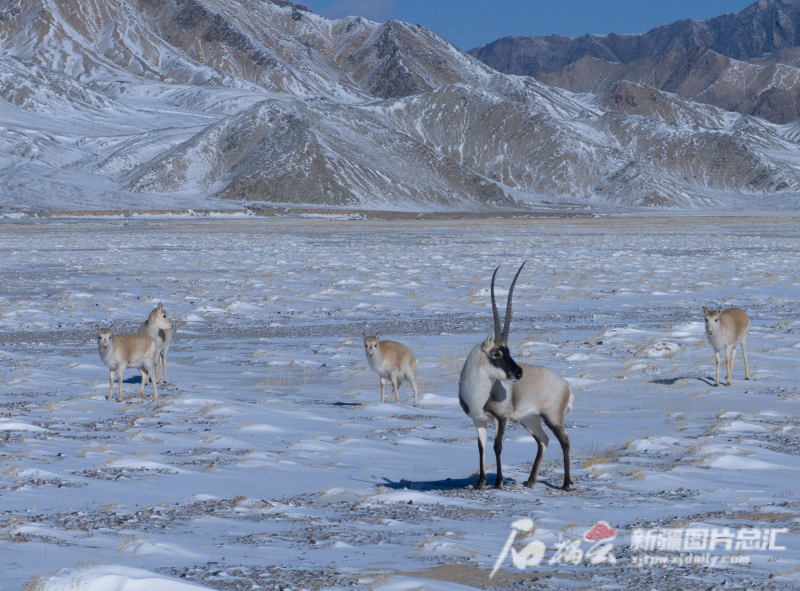
Photo shows a male Tibetan antelope and a few female Tibetan antelopes. (Photo by Wen Xinghua)
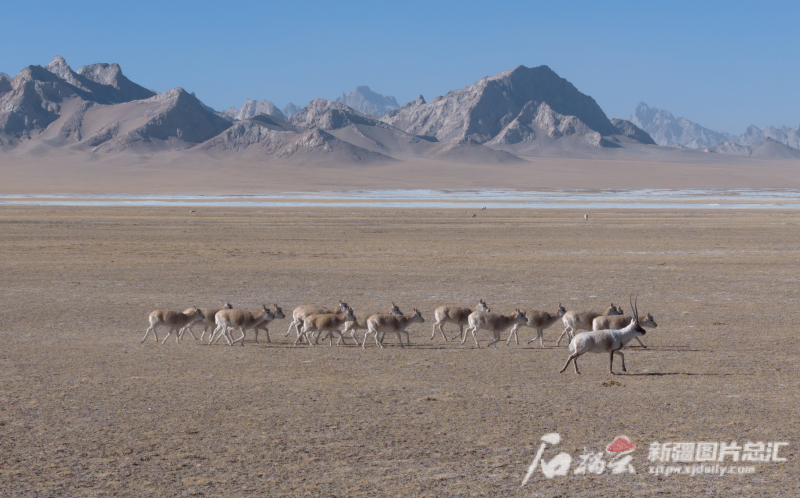
Photo shows a male Tibetan antelope and a few female Tibetan antelopes. (Photo by Wen Xinghua)
(A written permission shall be obtained for reprinting, excerpting, copying and mirroring of the contents published on this website. Unauthorized aforementioned act shall be deemed an infringement, of which the actor shall be held accountable under the law.)









